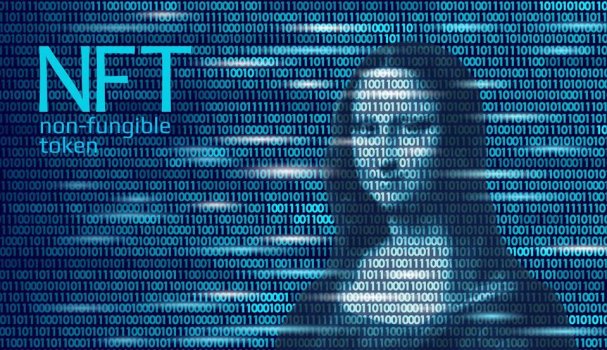Throughout history, artists have often gotten a rough deal with corporations and middlemen profiting from their work long after they have received and spent the fees they were paid. Now, many believe that the decentralized world of web3 – and specifically NFTs – offers an alternative. By creating and releasing work as non-fungible, digital tokens, they have the opportunity to take back control of how and where their work is used and set payment terms that are more favorable to them. So how does it all work?
In order to find out, I spoke to one of the most well-known artists working in the NFT space today. Pplpleasr, AKA Emily Yang, has appeared on the cover of Vogue Magazine and listed in Forbes’ 30 under 30 list, has been hailed as one of the leaders of the NFT art revolution.
Pplpleasr became involved with NFTs through combining her work as a visual effects artist on movies such as Batman v Superman and Wonder Woman with an interest in cryptocurrency and blockchain technology. This led to her selling one of her works – an animation created for cryptocurrency exchange Uniswap – for $525,000. The money raised from this was used to set up a community group called Stand With Asians with the aim of promoting artists of Asian descent. Now, in collaboration with Skillshare, she has created an online course to teach other artists how to create their own NFTs and hopefully use them to earn a living.
What are NFTs?
NFTs – non-fungible tokens – are tokens that live on a blockchain, much like cryptocurrency. How they differ from cryptocurrency tokens, however, is that every one is unique. In short, this means that they can be used to confer that “uniqueness” on other assets that they are associated with. The most popular initial use case for NFTs has been digital artwork, with works created by, among others, Grimes, pplpleasr, and the artist known as Beeple (Mike Winklemann) becoming popular with online collectors and regularly selling for vast sums.
NFTs most often live on the Ethereum blockchain, although other blockchains such as Polygon and the Binance smart chain are also capable of storing them. So if you want to understand the concepts behind NFTs, it’s important to remember that NFTs aren’t the pieces of artwork themselves, it’s more accurate to say they are tokens that act as certificates of ownership for the artwork.
Continue reading: https://www.forbes.com/sites/bernardmarr/2022/08/19/web3-nfts-and-the-future-of-art/?sh=6f14e7711e05
In order to find out, I spoke to one of the most well-known artists working in the NFT space today. Pplpleasr, AKA Emily Yang, has appeared on the cover of Vogue Magazine and listed in Forbes’ 30 under 30 list, has been hailed as one of the leaders of the NFT art revolution.
Pplpleasr became involved with NFTs through combining her work as a visual effects artist on movies such as Batman v Superman and Wonder Woman with an interest in cryptocurrency and blockchain technology. This led to her selling one of her works – an animation created for cryptocurrency exchange Uniswap – for $525,000. The money raised from this was used to set up a community group called Stand With Asians with the aim of promoting artists of Asian descent. Now, in collaboration with Skillshare, she has created an online course to teach other artists how to create their own NFTs and hopefully use them to earn a living.
What are NFTs?
NFTs – non-fungible tokens – are tokens that live on a blockchain, much like cryptocurrency. How they differ from cryptocurrency tokens, however, is that every one is unique. In short, this means that they can be used to confer that “uniqueness” on other assets that they are associated with. The most popular initial use case for NFTs has been digital artwork, with works created by, among others, Grimes, pplpleasr, and the artist known as Beeple (Mike Winklemann) becoming popular with online collectors and regularly selling for vast sums.
NFTs most often live on the Ethereum blockchain, although other blockchains such as Polygon and the Binance smart chain are also capable of storing them. So if you want to understand the concepts behind NFTs, it’s important to remember that NFTs aren’t the pieces of artwork themselves, it’s more accurate to say they are tokens that act as certificates of ownership for the artwork.
Continue reading: https://www.forbes.com/sites/bernardmarr/2022/08/19/web3-nfts-and-the-future-of-art/?sh=6f14e7711e05

